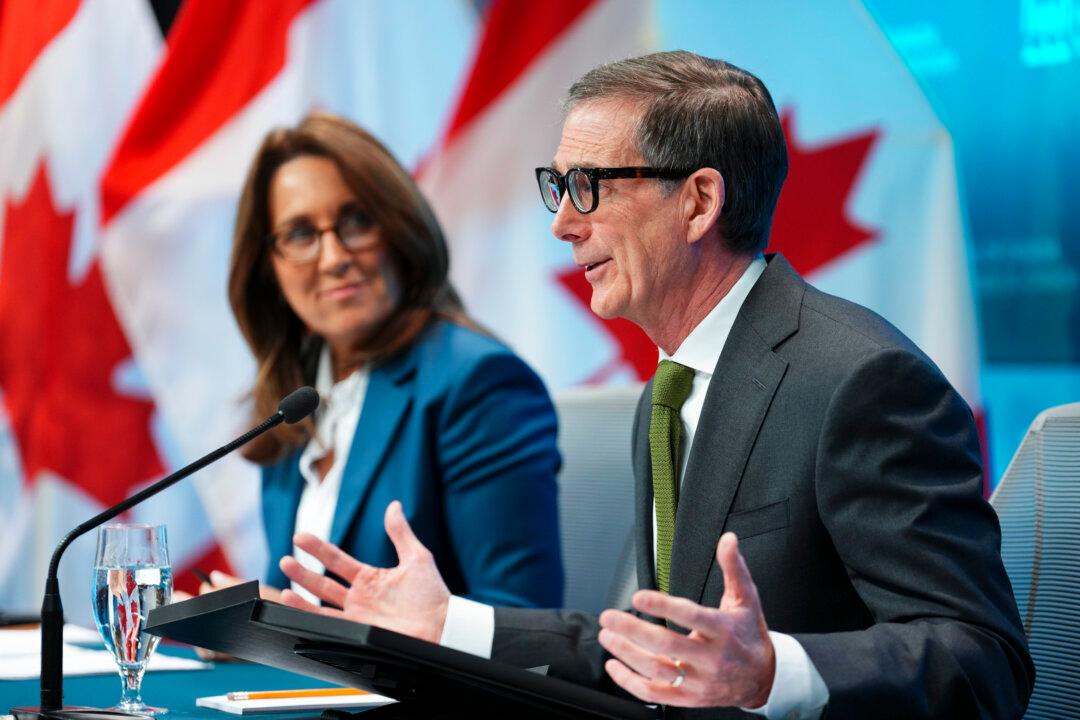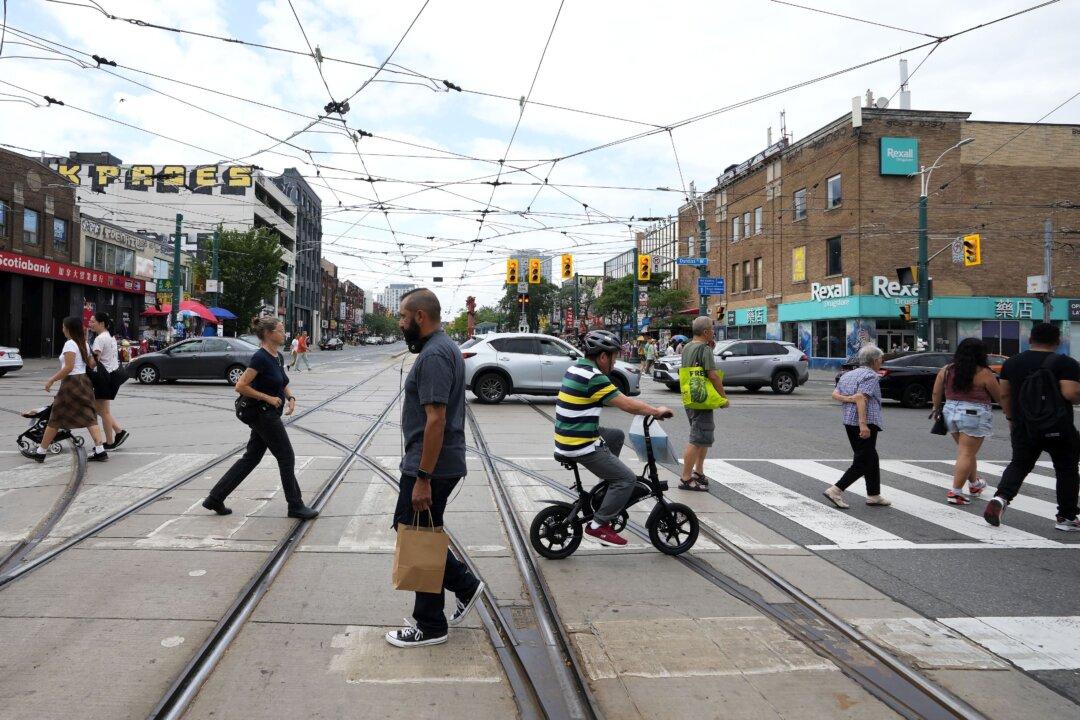Canada’s labour market is facing a massive worker shortage, with some of the causes said to be long-term in nature, but businesses and analysts also say government pandemic support programs have exacerbated the problem.
“As was the case prior to the pandemic, the future supply of workers, and the possibility of shortages impeding economic growth and innovation, is one of the most central questions facing the Canadian labour market,” according to Statistics Canada’s October Labour Force Survey, released Nov. 5.
The Bank of Canada surveyed firms to understand what they see as reasons for labour shortages. Firms cited structural issues, which include an aging population, rural depopulation, and “general Employment Insurance disincentives,” as characterized in the BoC’s monetary policy report of Oct. 27.
Firms also cited government pandemic-related measures like the Canada Recovery Benefit (CRB) and employment insurance, as well as travel restrictions, which impact immigration. They also mentioned strong competition for workers and pandemic-related absenteeism.
Jasmin Guenette, VP of national affairs at the Canadian Federation of Independent Business, said small and medium-sized businesses have been struggling to fill positions and retain workers. He added that it was good news for them that the CRB was not extended.
“They [government support programs] should incentivize people in going back to work, and the CRB was certainly not a program that was incentivizing people to go back to work, especially part-time workers,” he said in an interview.
The Canada Emergency Response Benefit (CERB) and CRB lasted for about 16 months in total—a long time, Guenette said, and that impacted the job market.
The CRB, which ended in late October, and the CERB, which ended last December, have “distorted” labour markets for lower-income Canadians, said Carleton University business professor Ian Lee in a Nov. 5 interview with BNN Bloomberg. The process of unemployment insurance—people applying for jobs, not turning down suitable jobs—needs to return to normal, he added.
Lee said that while government programs aren’t enough to explain the shortage of lower-wage workers, the benefits have provided a cushion for people to start moonlighting.
“There is a very significant underground economy in this country right now,” Lee suggested.
Shortly before the CRB ended on Oct. 23, the government announced more targeted programs to replace programs like the CRB.
A survey conducted by Nanos Research found that two-thirds of Canadians say the government’s pandemic-related support programs should be either reduced or terminated completely.
Distorted Labour Market
“Statistics Canada’s data makes it very clear that there is a massive distortion in the labour market,” Philip Cross, former chief economic analyst at Statistics Canada and Munk senior fellow at the Macdonald-Laurier Institute, told The Epoch Times.
The job vacancy rate in the accommodation and food services industry reached an all-time high of 12.3 percent in August, totalling 156,800 vacancies, compared to 76,600 in the third quarter of 2019, according to Statistics Canada’s October jobs report.
The lack of lower-wage workers is a significant dilemma, but overall participation in the labour force—the share of the population working or looking for work—was virtually the same in October as the pre-pandemic rate of 65.5 percent seen in February 2020.
Cross says there’s no easy explanation here.
He explained that normally there’s a trade-off between unemployment and job vacancies—when one is high, the other is supposed to be low, and vice versa. For example, if unemployment is high, there should be fewer vacancies since people are desperate to have jobs. And if unemployment is low, there should be more vacancies since firms are looking for workers.
But now, October’s 6.7 percent unemployment rate is 1.0 percentage point higher than the pre-pandemic rate in February 2020. And the latest job vacancy rate of 4.6 percent, from the previous quarter between April and June 2021, is at the highest level since 2015 when data became available, according to Oxford Economics (OE).
“Could be that these people have enough money in the bank—they saved enough money during the pandemic—that they can hold out for a better-paying job,” Cross said.





